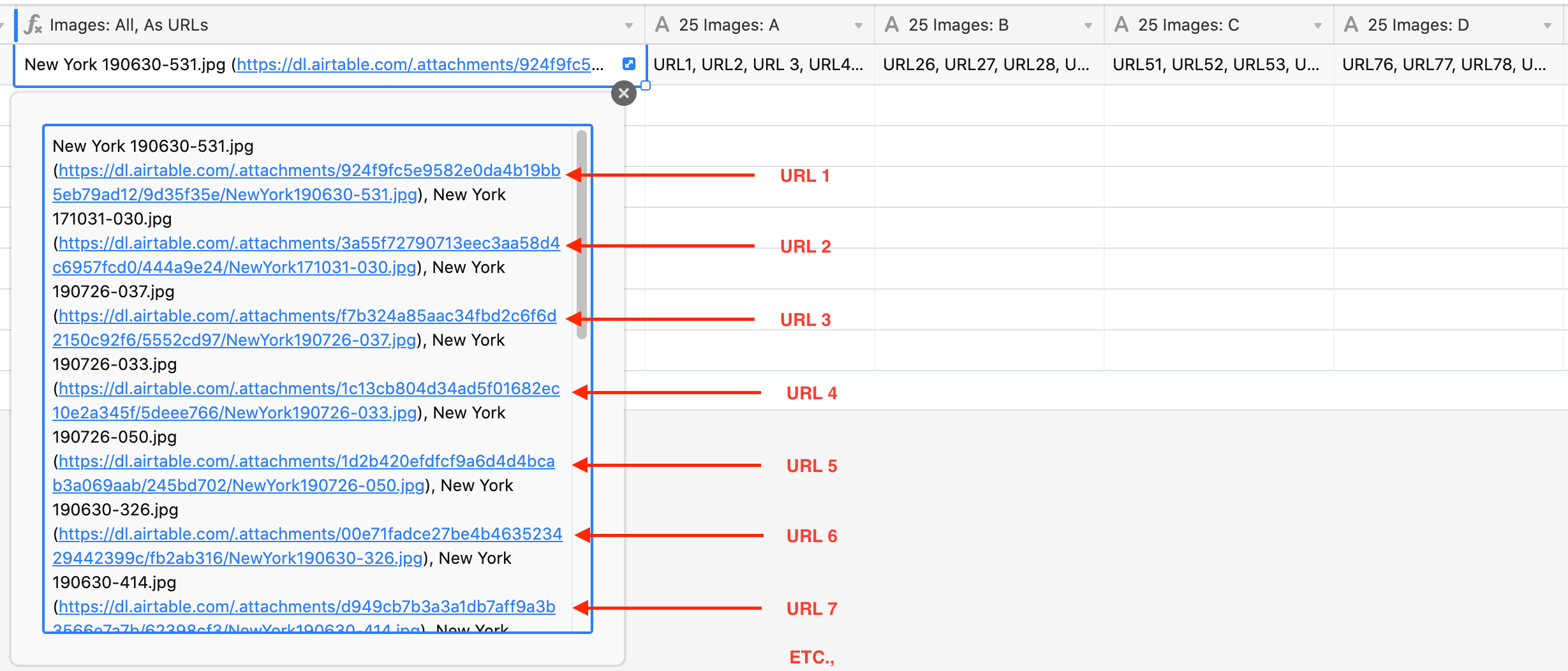You can do this using formula fields. Unfortunately the formulas are rather complex.

Here is the formula for the field {Item1}.
IF( FIND(",", {List}),
LEFT({List},
FIND(",", {List})-1
),
{List}
)
Here is the formula for the field {Item2}:
LEFT(
RIGHT({List},
LEN({List}) - LEN({Item1}) - 2
),
FIND( ",",
RIGHT({List},
LEN({List}) - LEN({Item1}) - 2
) & ","
)-1
)
Here is the formula for the field {Item3}:
LEFT(
RIGHT({List},
LEN({List}) - LEN(CONCATENATE({Item1},{Item2})) -4
),
FIND( ",",
RIGHT({List},
LEN({List}) - LEN(CONCATENATE({Item1},{Item2})) -4
) & ","
)-1
)
Here is the formula for the field {Item4}:
LEFT(
RIGHT({List},
LEN({List}) - LEN(CONCATENATE({Item1},{Item2},{Item3})) -6
),
FIND( ",",
RIGHT({List},
LEN({List}) - LEN(CONCATENATE({Item1},{Item2},{Item3})) -6
) & ","
)-1
)
If you need more items, continue the pattern used for {Item3} and {Item4}:
- add the next item to both of the
CONCATENATE functions
- subtract two more from the results of the
LEN functions (e.g., for the 5th item, subtract 8; for the 6th item subtract 10, etc.)
By the way, I would like to thank @W_Vann_Hall for this post which provided inspiration for this solution.







